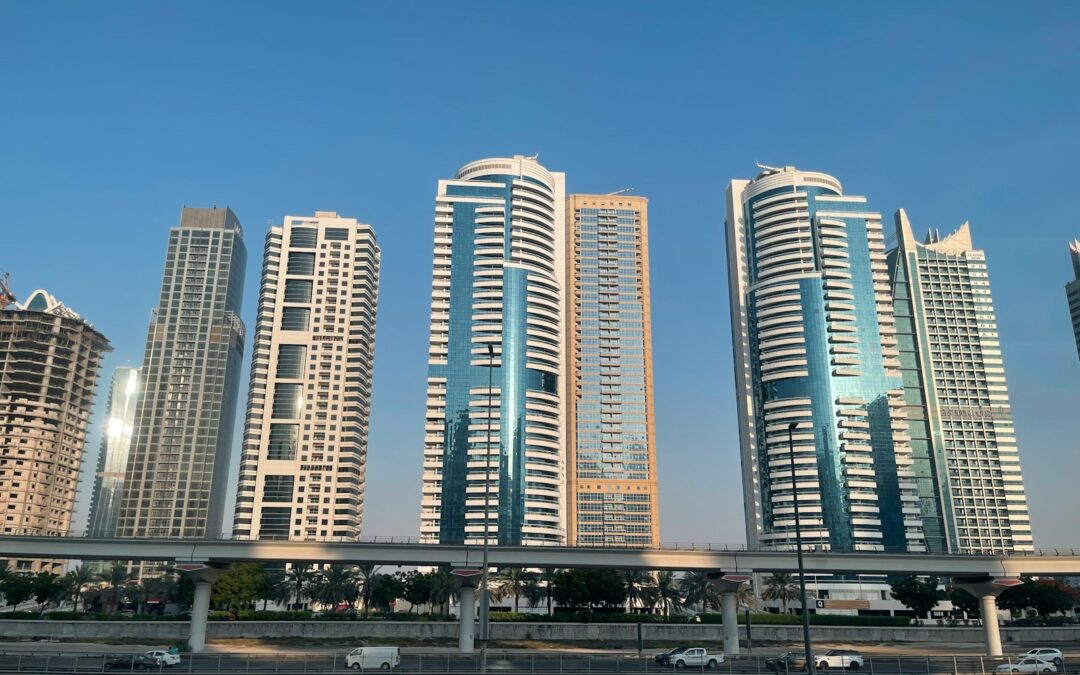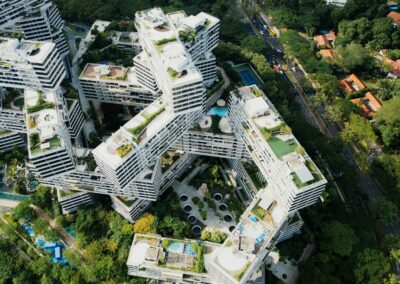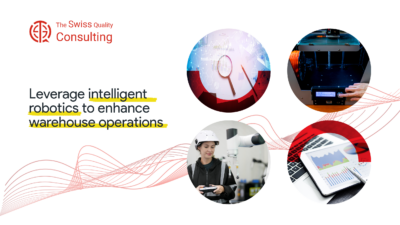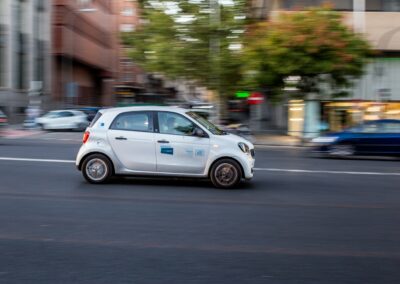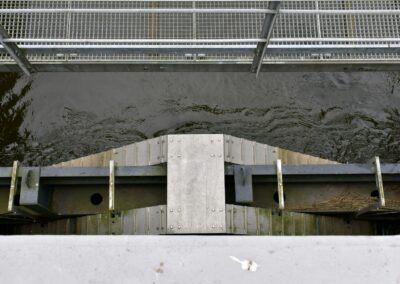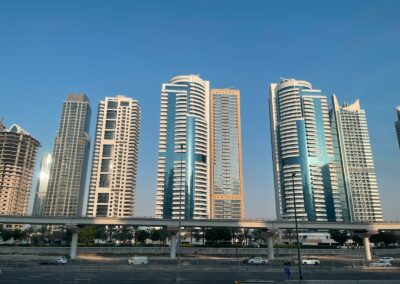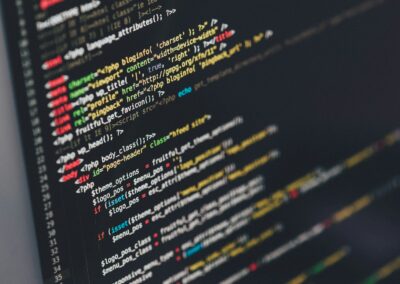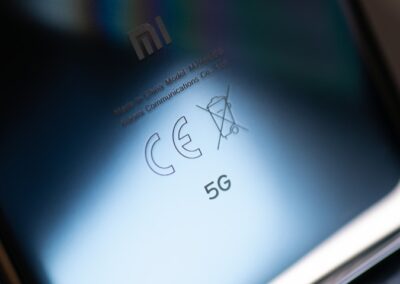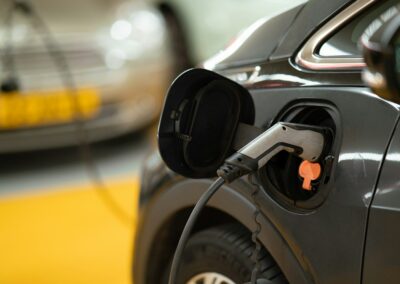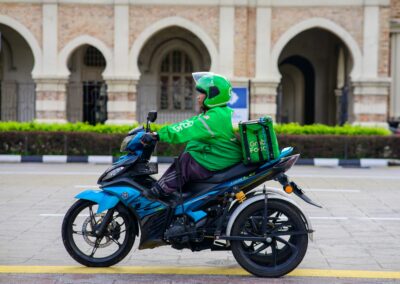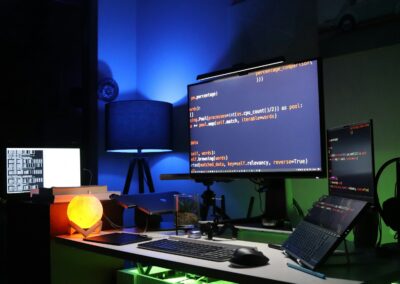The Role of Digital Twins in the Future of Urban Development
Understanding Digital Twins in Smart Buildings
In the realm of modern technology, Digital Twins in Smart Buildings have emerged as a pivotal innovation, transforming how urban infrastructure is designed, managed, and maintained. A digital twin is a virtual replica of a physical entity, encompassing buildings, systems, or even entire cities. This technology enables real-time monitoring and analysis, facilitating enhanced decision-making and operational efficiency.
Digital twins integrate data from various sources, including IoT devices, sensors, and AI algorithms, to create a comprehensive model of the physical asset. This model is continuously updated with live data, providing insights into performance, maintenance needs, and potential issues. The application of digital twins in smart buildings is particularly relevant in rapidly developing regions like Saudi Arabia, UAE, Riyadh, and Dubai, where there is a strong focus on leveraging cutting-edge technologies to build intelligent infrastructure.
By simulating real-world conditions, digital twins help stakeholders visualize and optimize building performance. For example, they can predict energy consumption, identify maintenance requirements, and improve space utilization. This not only enhances the efficiency of building operations but also contributes to sustainability goals by reducing energy waste and carbon emissions.
Enhancing Smart Buildings with Digital Twins
The implementation of digital twins in smart buildings offers numerous benefits, making them an essential tool for urban developers and facility managers. One of the primary advantages is the ability to conduct real-time monitoring and predictive maintenance. In cities like Riyadh and Dubai, where smart city initiatives are gaining momentum, digital twins provide a robust framework for managing complex building systems.
Real-time monitoring allows for the continuous assessment of building conditions, identifying anomalies and inefficiencies before they escalate into major issues. For instance, digital twins can detect HVAC system malfunctions, plumbing leaks, or structural weaknesses, enabling timely interventions. This proactive approach minimizes downtime, reduces maintenance costs, and extends the lifespan of building components.
Predictive maintenance, powered by AI and machine learning algorithms, is another significant benefit. By analyzing historical data and identifying patterns, digital twins can forecast when a component is likely to fail and schedule maintenance activities accordingly. This reduces the likelihood of unexpected breakdowns and ensures that resources are used efficiently. For businesses operating in smart buildings, this translates to uninterrupted operations and cost savings.
Optimizing Infrastructure with Digital Twins
Beyond individual buildings, digital twins play a crucial role in the development of intelligent infrastructure. By creating virtual replicas of entire cities or infrastructure networks, planners and engineers can simulate various scenarios and assess the impact of different strategies. This capability is particularly valuable in the context of large-scale urban projects in the UAE and Saudi Arabia, where there is a drive to build sustainable and resilient cities.
For example, digital twins can model traffic flows, public transportation systems, and utility networks, helping planners design more efficient and interconnected infrastructure. In Dubai, known for its ambitious smart city projects, digital twins are used to optimize transportation routes, reduce congestion, and enhance public safety. Similarly, in Riyadh, digital twins support the planning and management of large-scale infrastructure developments, ensuring that they meet the needs of a growing population.
Furthermore, digital twins facilitate collaboration among various stakeholders, including architects, engineers, city planners, and policymakers. By providing a shared platform for data and insights, digital twins enable more informed decision-making and foster innovation. This collaborative approach is essential for addressing the complex challenges of urban development and achieving long-term sustainability goals.
The Future of Digital Twins in Smart Cities
As digital twin technology continues to evolve, its applications in smart cities and intelligent infrastructure are expected to expand. Advances in AI, IoT, and blockchain are driving the development of more sophisticated digital twin models, capable of handling larger datasets and providing deeper insights. This evolution is particularly relevant in regions like Saudi Arabia and the UAE, where there is a strong commitment to embracing technological innovation and building the cities of the future.
In the coming years, digital twins are likely to become integral to the design, construction, and management of urban environments. By enabling real-time data integration and analysis, digital twins will support the creation of more adaptive and resilient infrastructure. This will be crucial for addressing emerging challenges such as climate change, population growth, and resource scarcity.
Moreover, digital twins can enhance the user experience by providing personalized and responsive environments. For example, in smart buildings, digital twins can adjust lighting, temperature, and other settings based on occupants’ preferences and activities. This not only improves comfort and productivity but also contributes to energy efficiency and sustainability.
Conclusion: Embracing Digital Twins for a Smarter Future
The integration of Digital Twins in Smart Buildings represents a transformative step towards more intelligent and sustainable urban development. By leveraging real-time data and advanced analytics, digital twins enable more efficient management of building systems and infrastructure networks. This technology is particularly valuable in regions like Saudi Arabia, UAE, Riyadh, and Dubai, where there is a strong emphasis on using cutting-edge solutions to enhance urban living.
As we look to the future, the continued evolution of digital twin technology will unlock new opportunities for innovation and collaboration. By embracing digital twins, urban developers, facility managers, and policymakers can create smarter, more resilient cities that meet the needs of their inhabitants while promoting sustainability and efficiency. The lessons learned from successful implementations of digital twins, such as those in Dubai and Riyadh, provide a roadmap for other cities seeking to harness the power of this transformative technology.
In conclusion, the adoption of digital twins in smart buildings and intelligent infrastructure is not just a technological advancement but a strategic imperative for the future of urban development. By embracing this innovation, we can build cities that are not only smarter but also more sustainable and resilient, paving the way for a better quality of life for all.
—
#DigitalTwins #SmartBuildings #IntelligentInfrastructure #AIinConstruction #IoTInBuildings #SaudiArabiaSmartCities #UAEIntelligentInfrastructure #RiyadhSmartDevelopments #DubaiTechInnovations #ModernTechnology #BusinessSuccess #LeadershipSkills #ManagementSkills #ProjectManagement #GenerativeAI #BlockchainInConstruction

